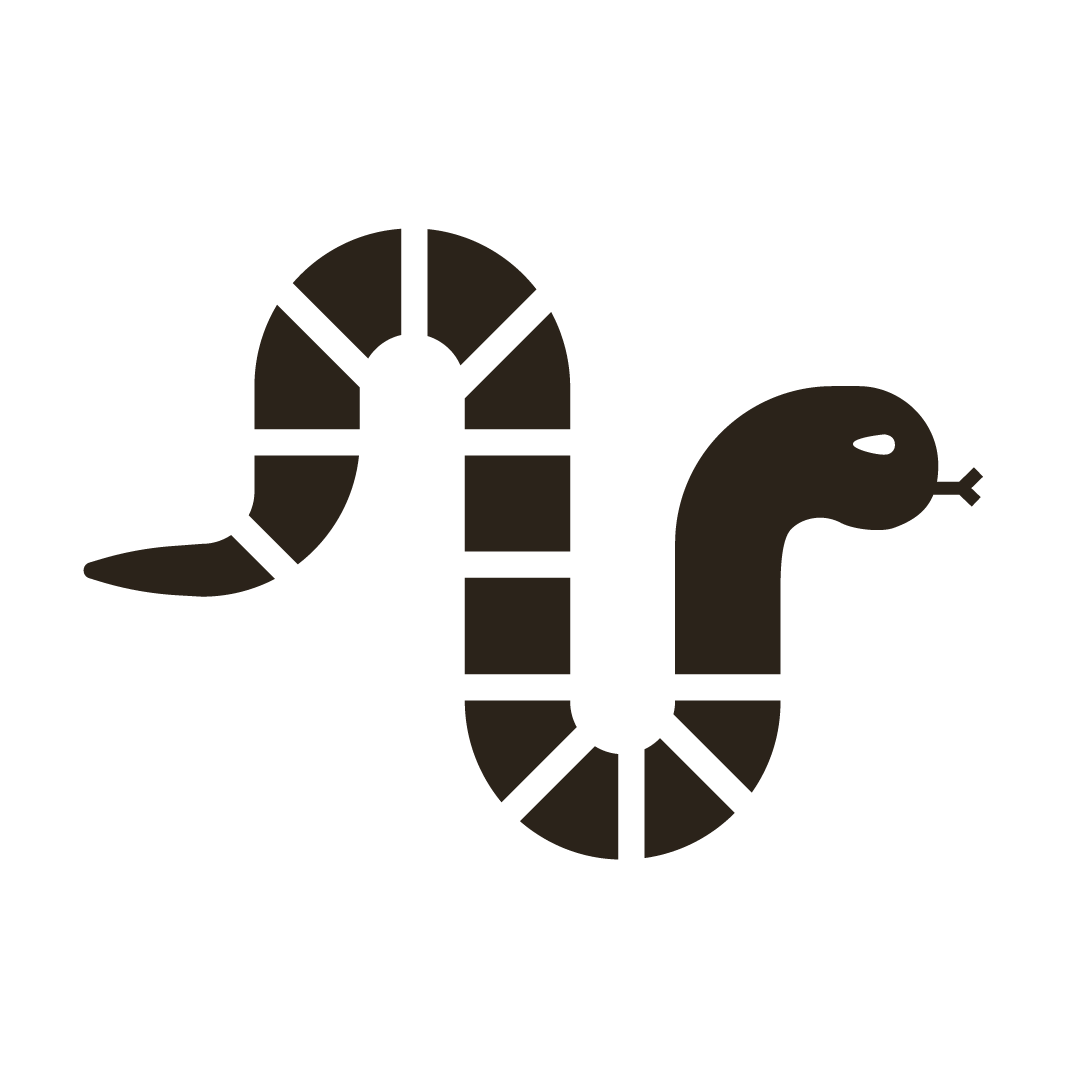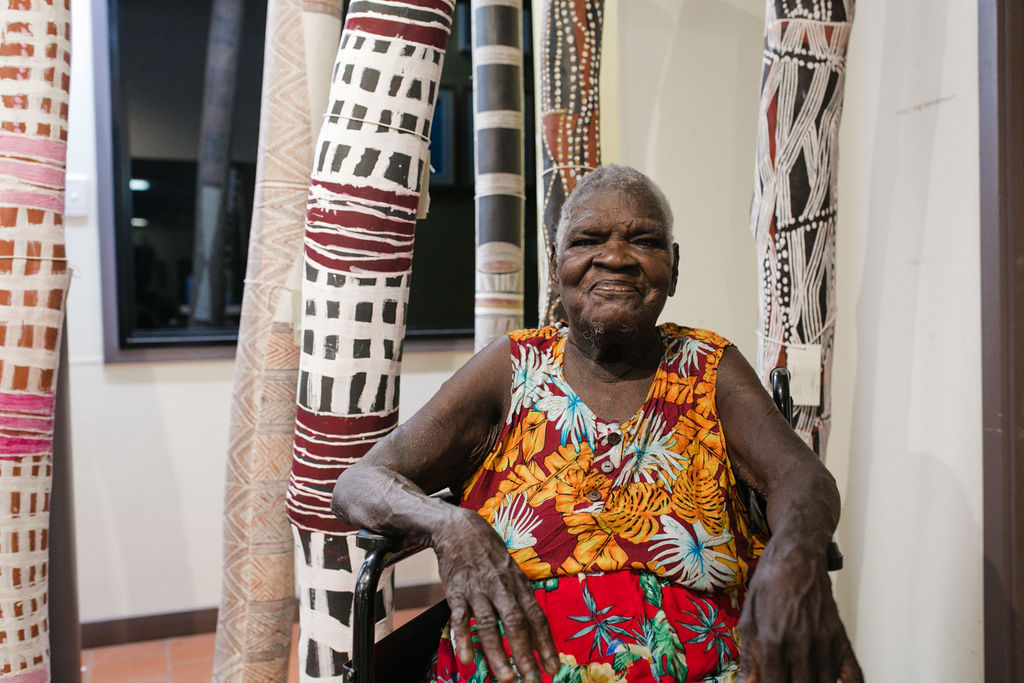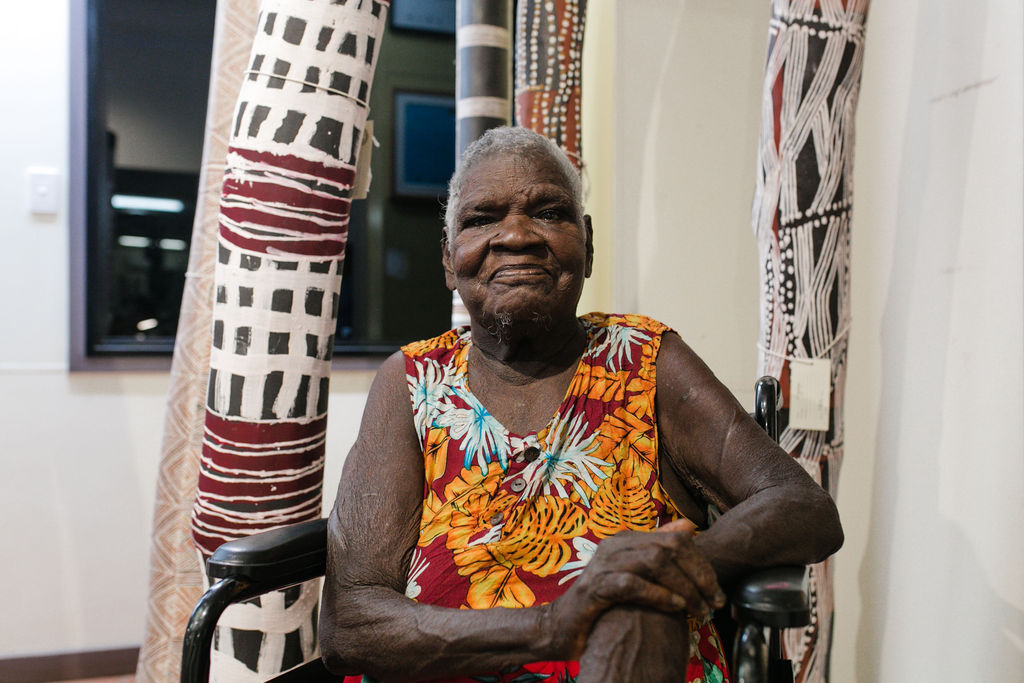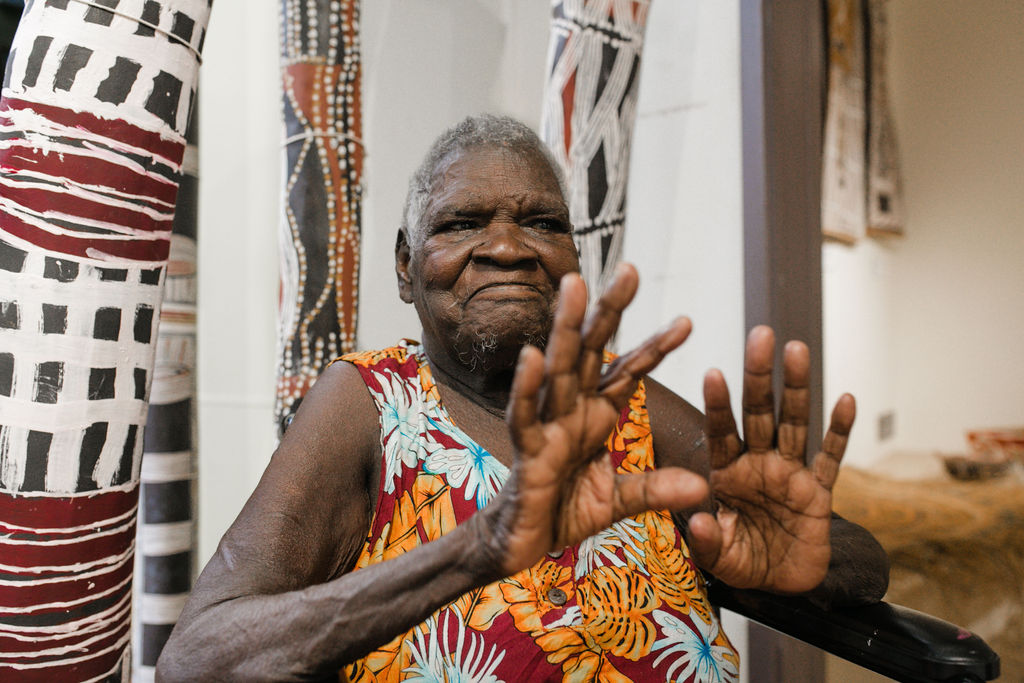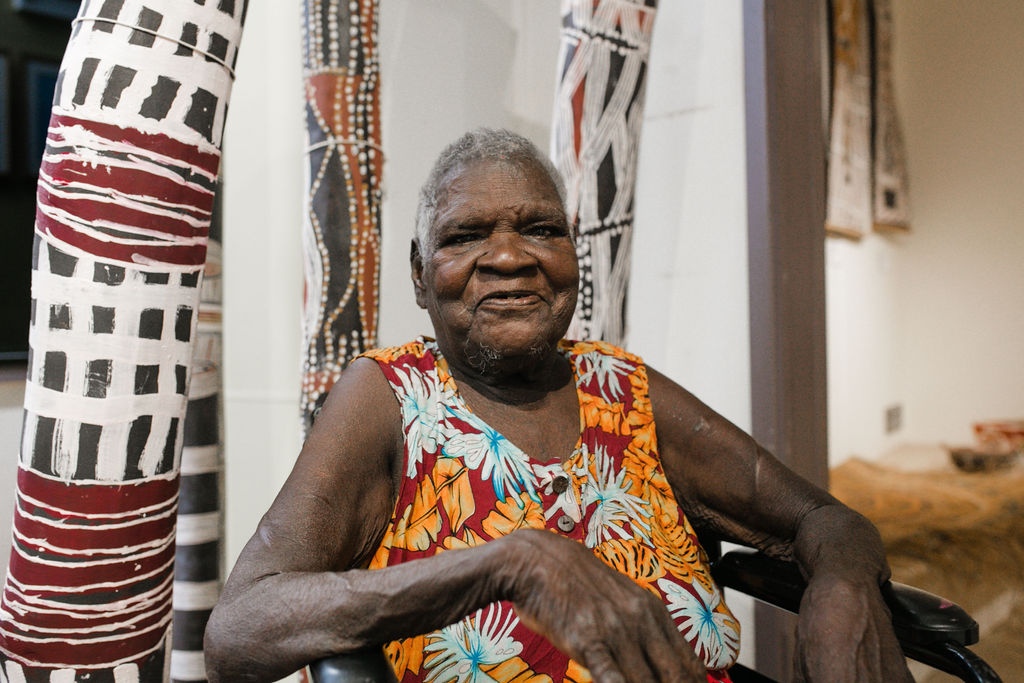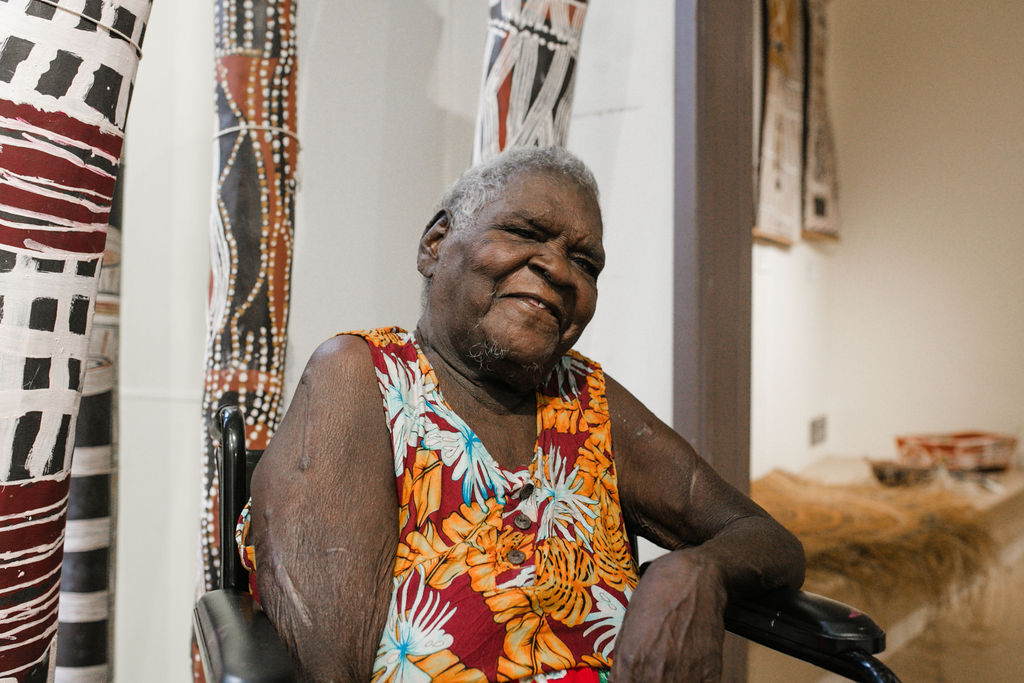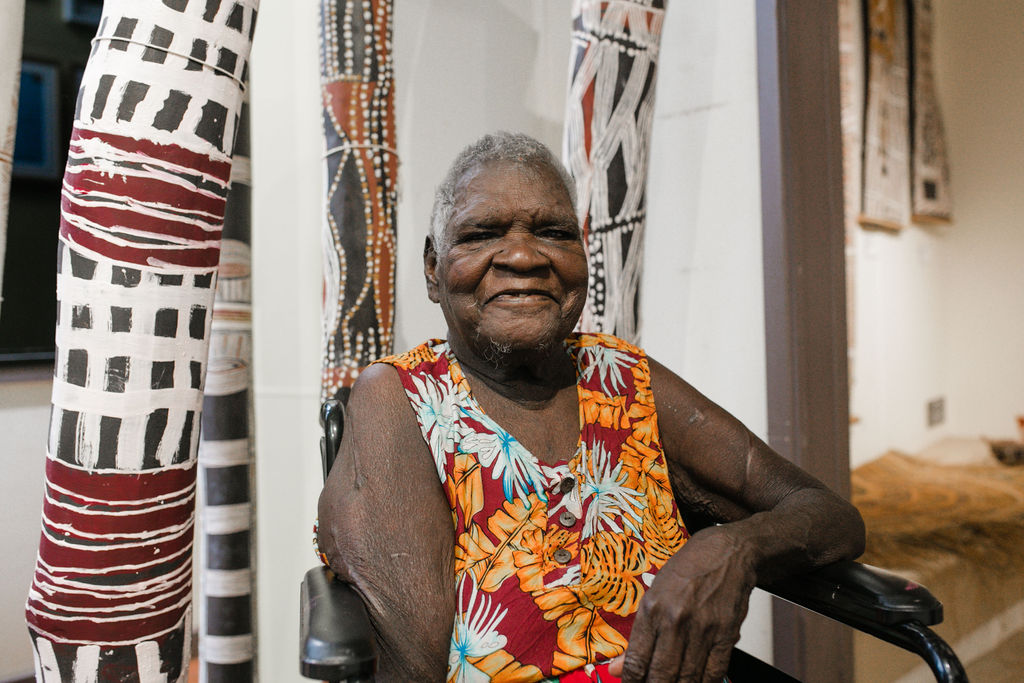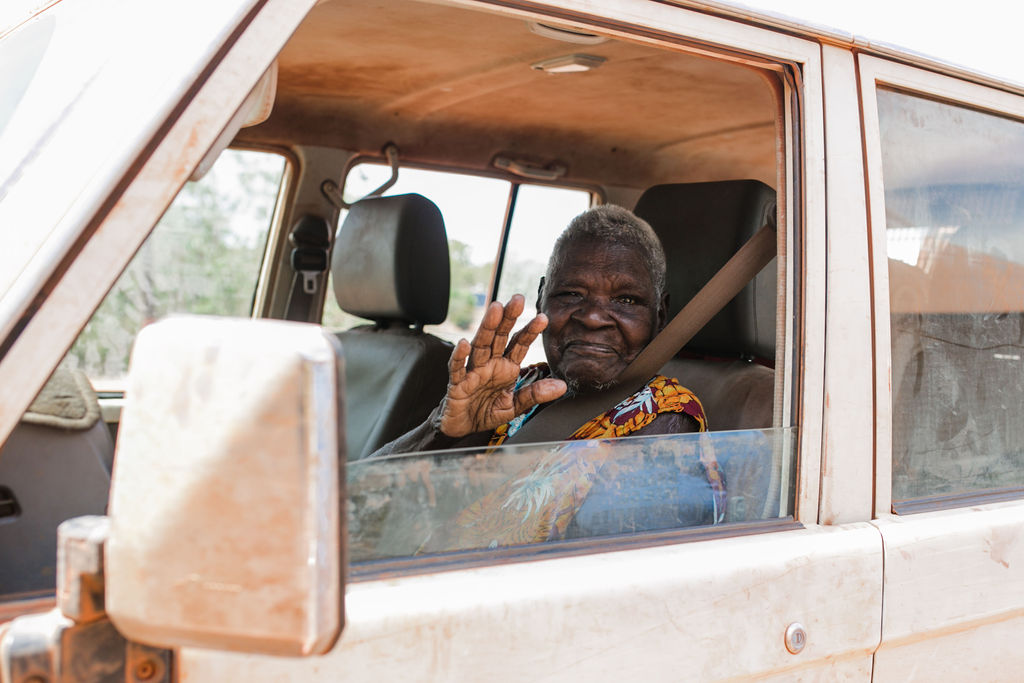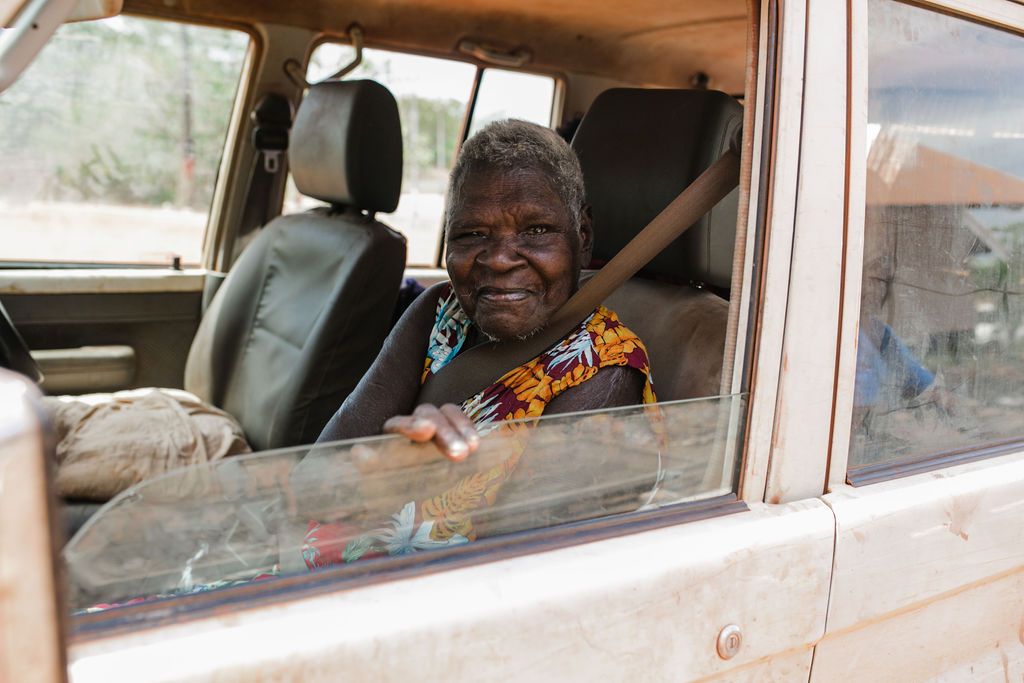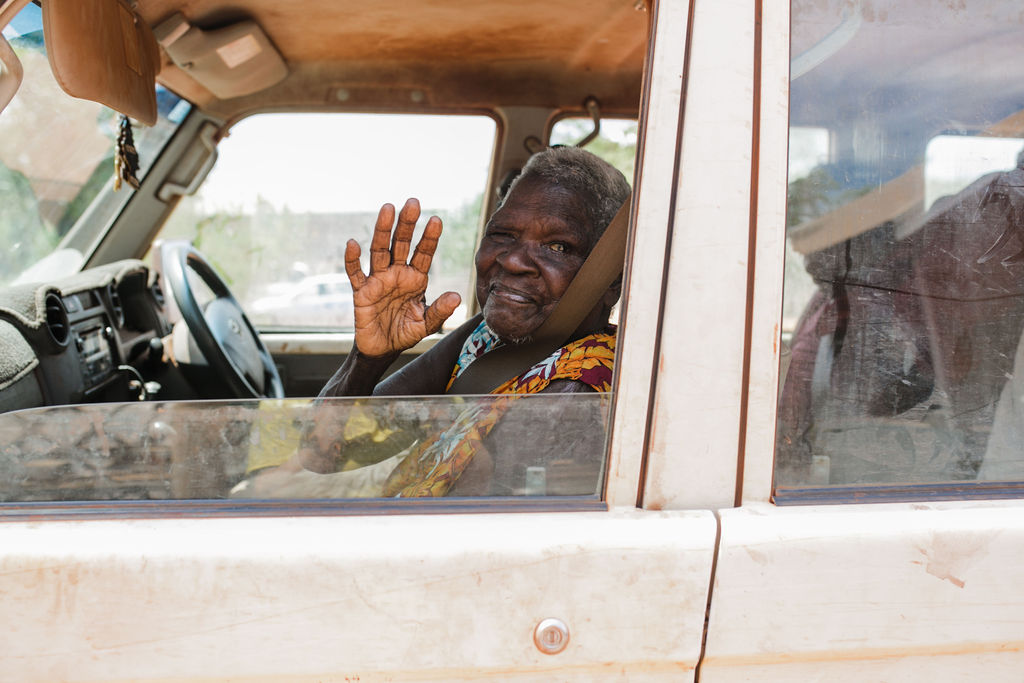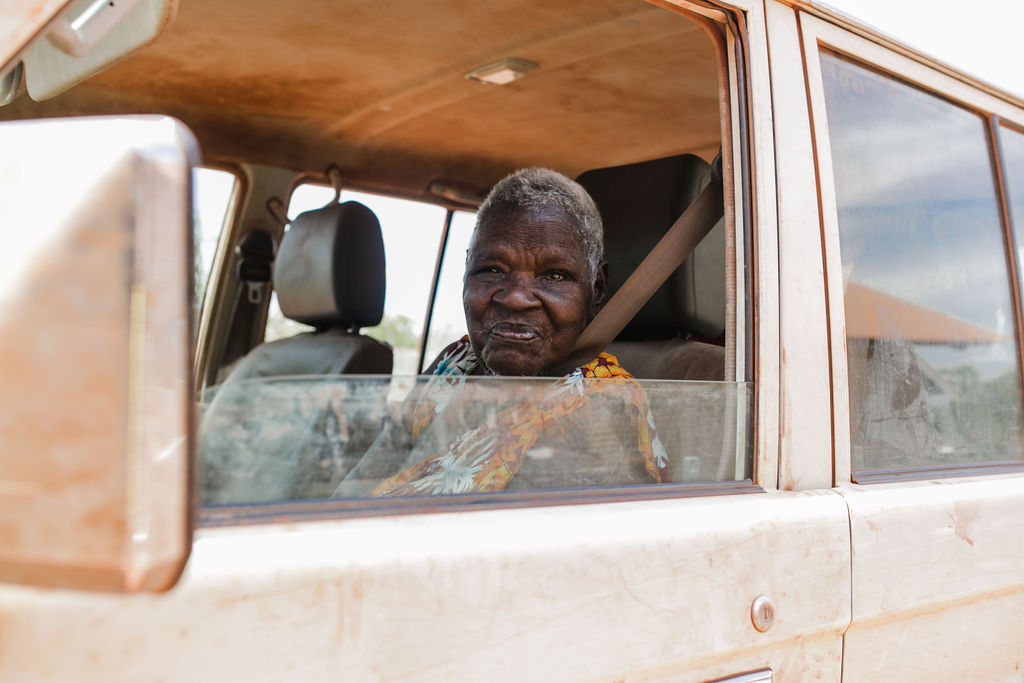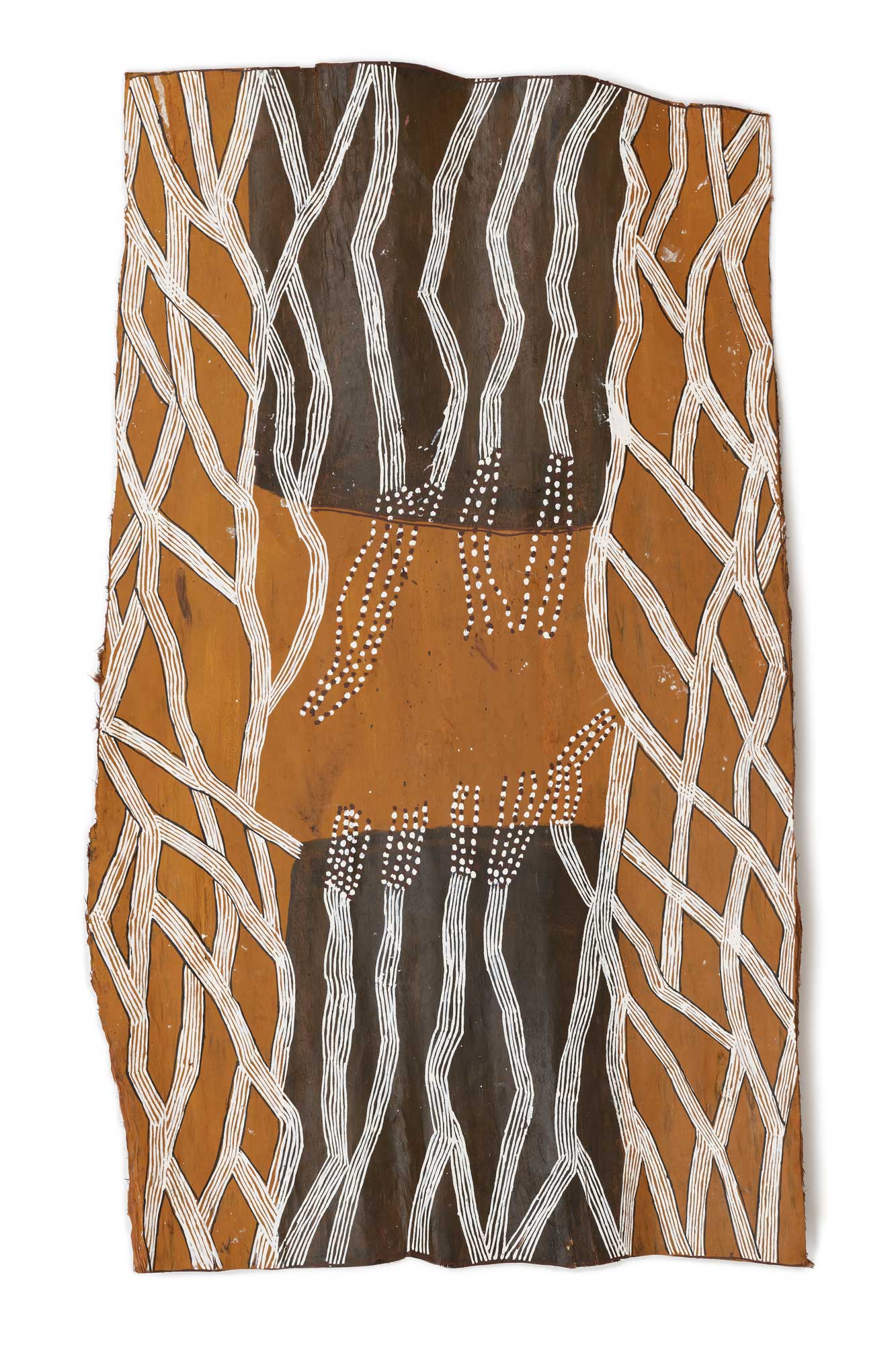
"This Yirritja painting I’m doing is coming from the heart and mind, but it’s not the sacred Maḏarrpa painting. It’s just an ordinary fire, not the Maḏarrpa fire. Tongues of fire. Fire burning backwards. This is just my thinking. No one told me to do this pattern. I did this on my own. When the elders see it they will let me know what they think."
– NOŊGIRRŊA MARAWILI
More Info
In mid-2012, Noŋgirrŋa Marawili began inserting cascading streams of diamonds into her paintings. The move coincided with her decision to start painting sites from her Maḏarrpa clan estates. Those familiar with Yolŋu art immediately associated these diamonds with the sacred miny’tji (clan designs) of the Maḏarrpa. But Noŋgirrŋa insisted that this was not the case. These were not sacred designs, she protested, but rather designs from her own heart and her own mind. As a senior woman, steeped in the protocols and proscriptions of Yolngu Law, Noŋgirrŋa did not want to be seen as infringing upon the rights of those who had a greater proprietary claim to paint them. And yet, once aware of the resemblance, it is almost impossible not to see an echo of these sacred Maḏarrpa patterns in works such as Guykthurr ga Guṉḏa | Lightning and the Rock.
In May 2015 I asked Djambawa Marawili—the leader of the Maḏarrpa clan—for his thoughts on the uncanny motifs in Noŋgirrŋa’s paintings. To illustrate his answer, he took me into the gallery at the Buku-Larrŋgay Mulka Art Centre in Yirrkala. There, along two opposing walls, hung a series of paintings by Djambawa and a series by Noŋgirrŋa, both depicting the saltwater estate of Yathikpa. Standing before one of his paintings, Djambawa ran his fingers down the strings of diamonds of the Maḏarrpa miny’tji. Then he turned to Noŋgirrŋa’s work, drawing my attention to the zigzaggy mesh of diamonds that crashed like lightning down her bark. “If you stand back,” said Djambawa, “you can see the pattern [of the Maḏarrpa miny’tji ]. They are not the patterns, but the country is still speaking through her.”
Watch The Mulka Project's documentary film Gapu ga Guṉḏa on the art of Noŋgirrŋa Marawili:
– Henry Skerritt
Additional Information
Decade
2015
Medium
Natural pigments on eucalyptus bark
Dimensions (IN)
65 1/8 x 38 1/4
Dimensions (CM)
165.4 x 97.2
Credit
Kluge-Ruhe Aboriginal Art Collection of the University of Virginia.
Museum purchase with funds provided by Maria T. Kluge, 2015. 2015.0007.001.
Narrative
Maḏarrpa
Maḏarrpa is a Yirritja moiety clan. Major spiritual themes include Bäru, a Maḏarrpa ancestor who...
Songline
Burrut’tji | Lightning Snakes
Burrut’tji is the name for Lightning Snakes. There are several Lightning Snakes, belonging to different...
Location
2010s
The 2010s saw Buku-Larrŋgay Mulka go from strength to strength. At the National Aboriginal and...
About The Artist(s)
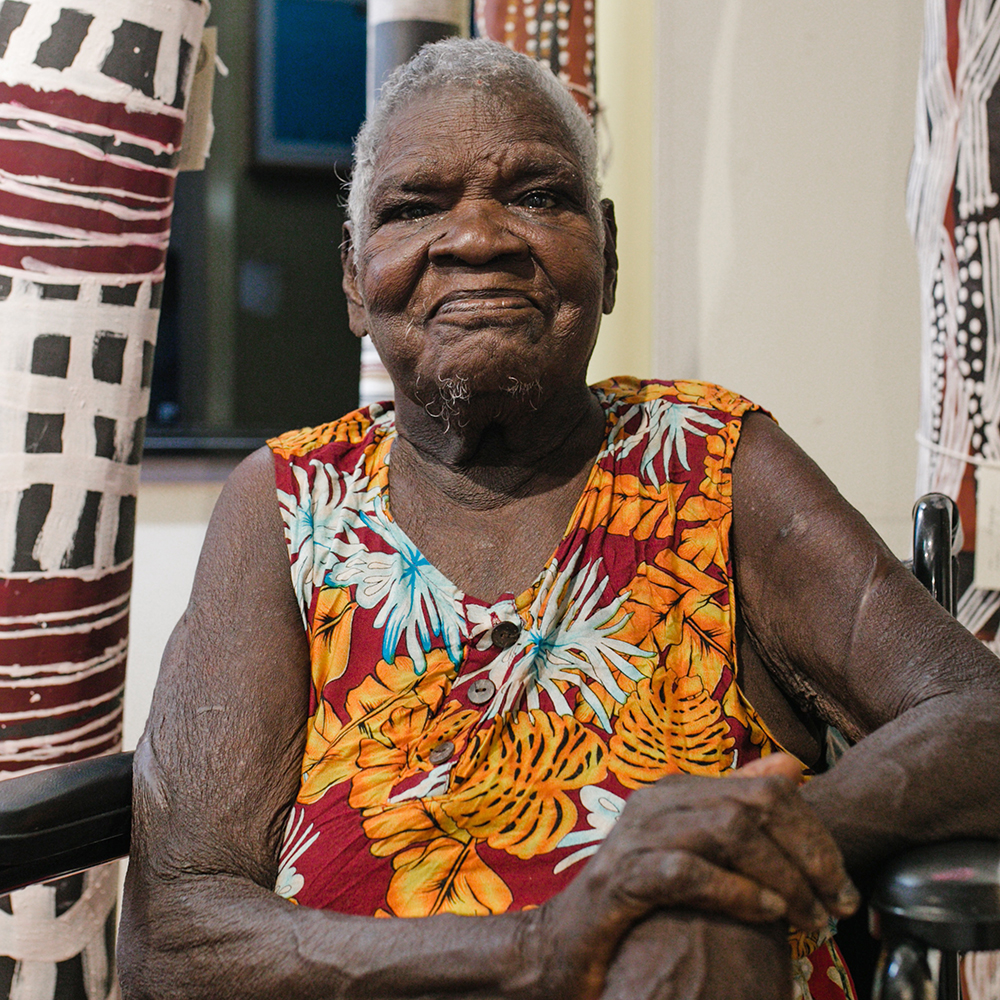
Clan
Maḏarrpa
Artist Dates
Born c.1939
Noŋgirrŋa Marawili
Noŋgirrŋa Marawili is among Australia’s most acclaimed contemporary artists. She is the daughter of Mundukuḻ Marawili, the wife of Djutjatjutja Munuŋgurr and the mother of Marrnyula and Rerrkirrwaŋa Munuŋgurr—all significant artists. Her works are held in every state collection in Australia, and in 2018, she was honored with a retrospective at the Art Gallery of New South Wales in Sydney. She has received numerous awards, including the Telstra Bark Painting Award, which she won in both 2015 and 2019, and the Roberts Family Prize in association with the Art Gallery of New South Wales’ Wynne Prize, which she won in 2019.
Collections Represented
Art Gallery of Ballarat
Art Gallery of New South Wales
Art Gallery of South Australia
Auckland Art Gallery Toi o Tāmaki
Australian National Maritime Museum
Kluge-Ruhe Aboriginal Art Collection of the University of Virginia
Museum and Art Gallery of the Northern Territory

